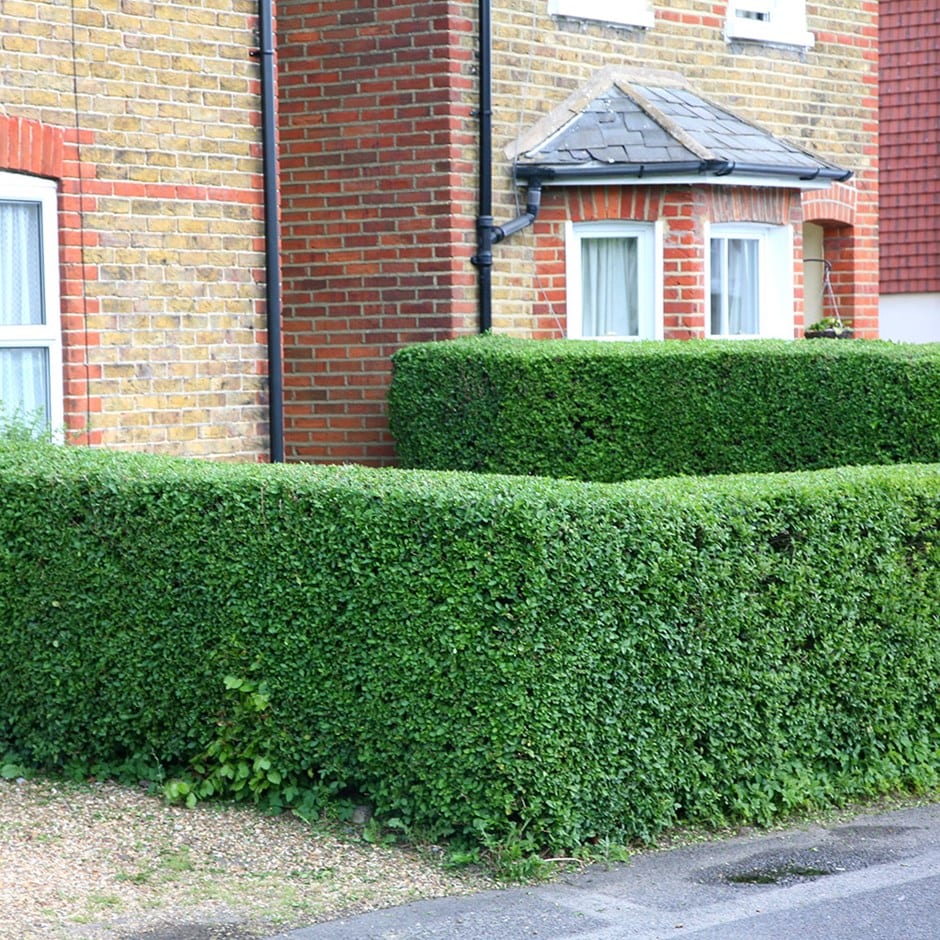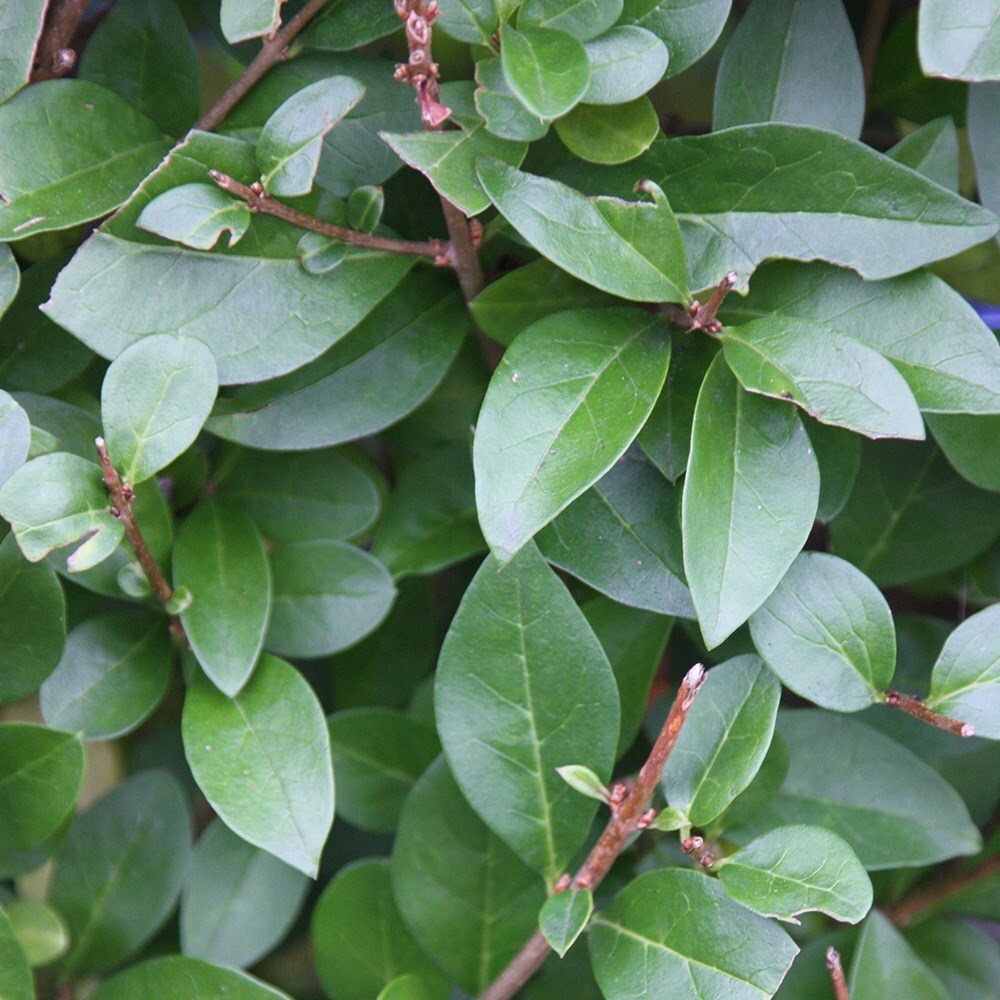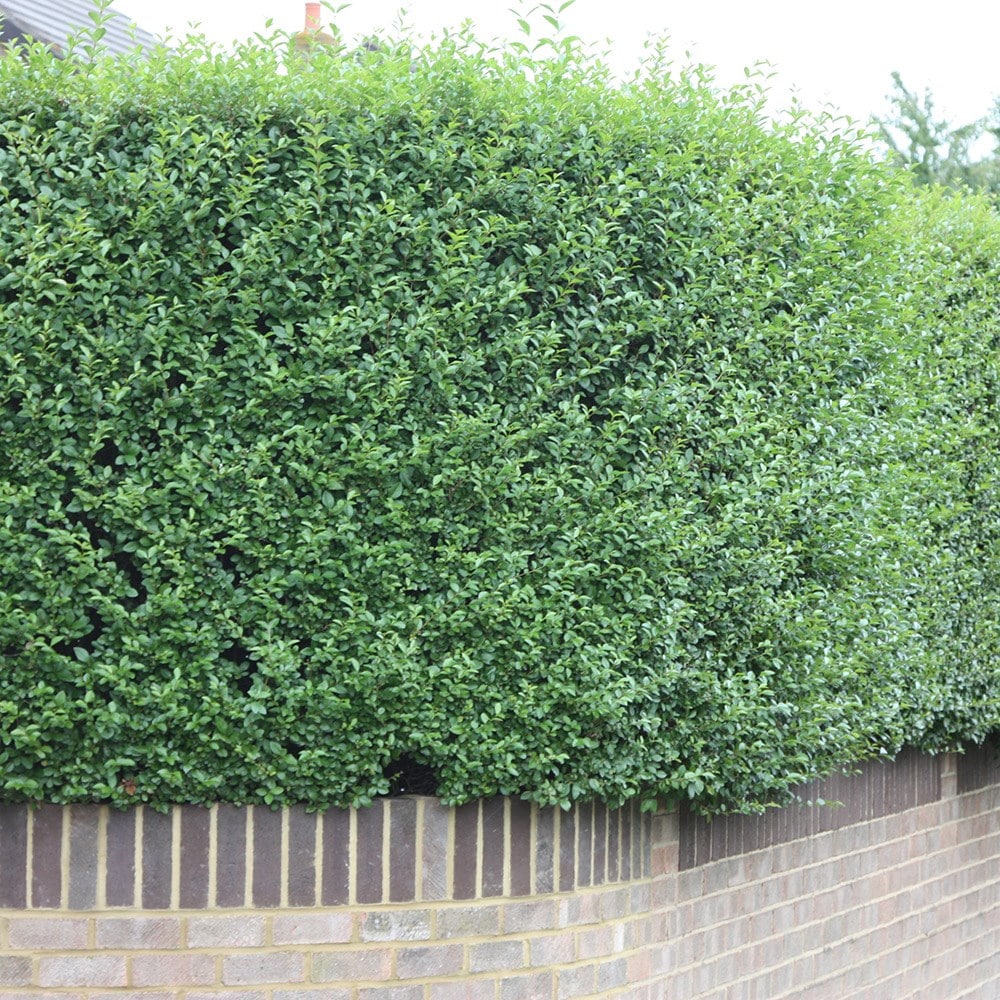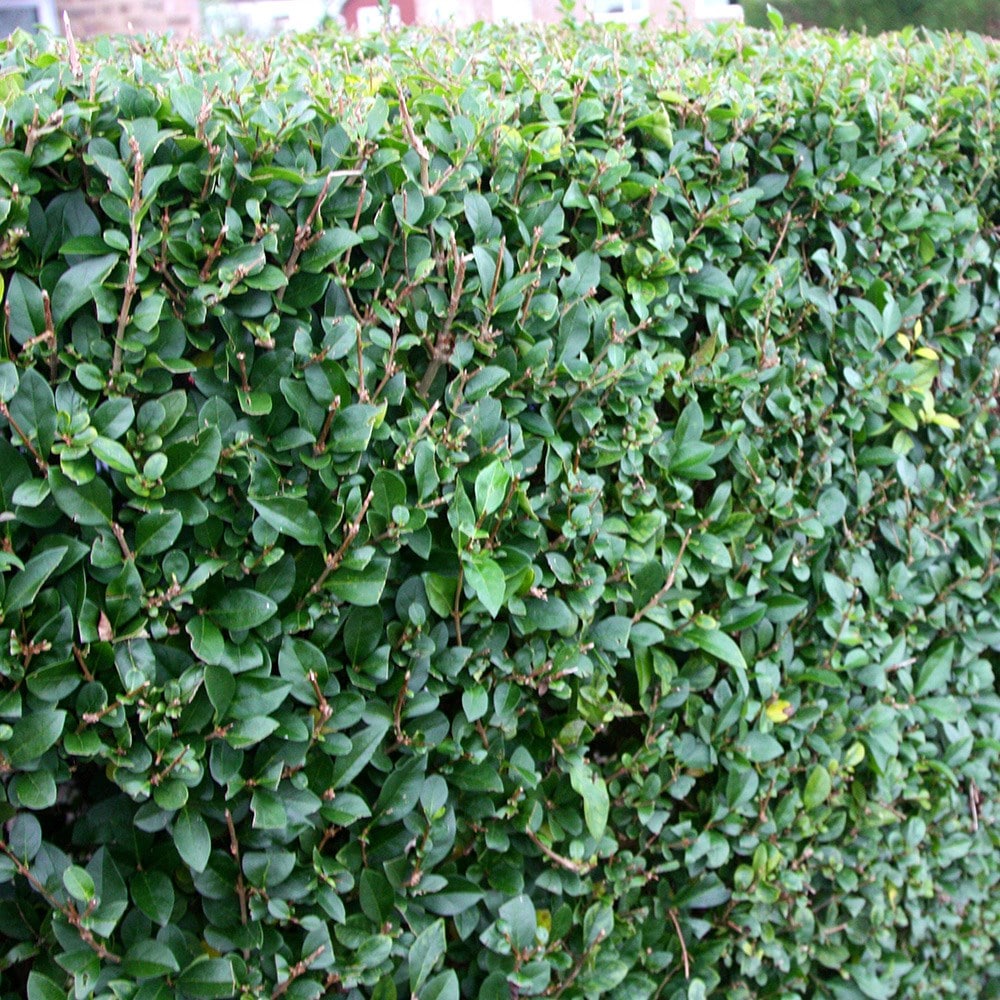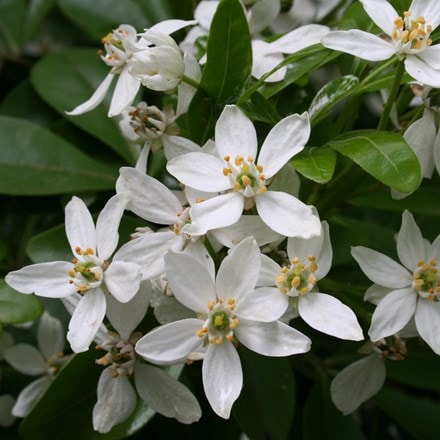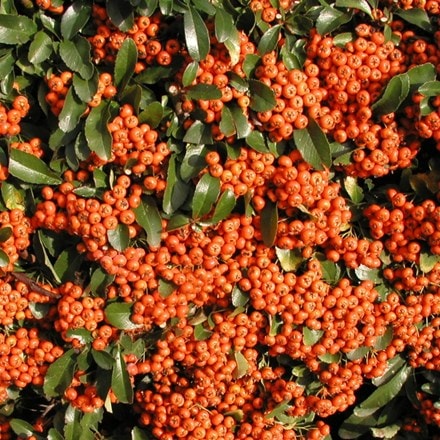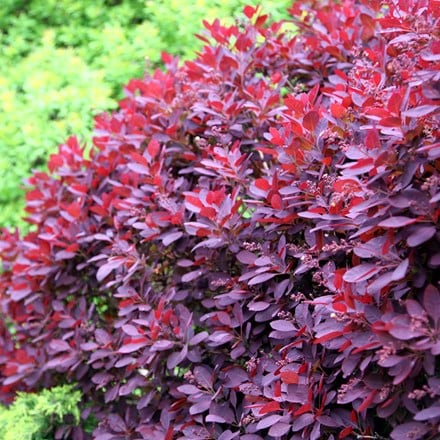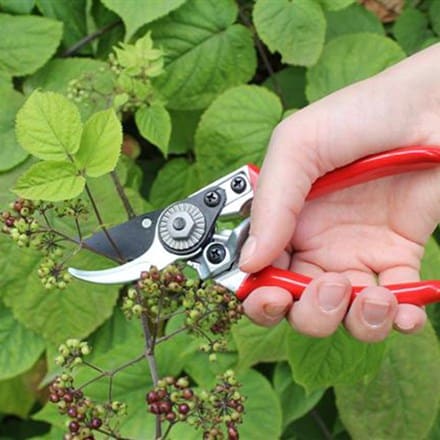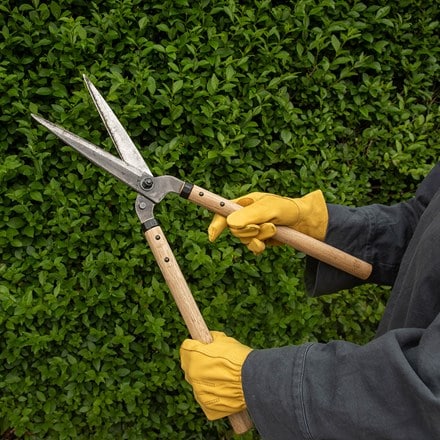Ligustrum ovalifolium
oval leaf privet hedging
This vigorous, oval leaf privet makes a crisp, pollution-tolerant hedge for an urban or surburban site. The small, oval, bright...
The common privet with pretty white flowers in June -though not scented.
GOES WELL WITH
How to create a wildlife-friendly garden
Wildlife-friendly gardens are not only more interesting as you can watch all the comings and goings, but they are often more productive as many creatures will help increase pollination. Garden ponds act as a magnet to dragonflies and damsel flies, along w
Read full articleJune Week 1
If you do nothing else...water new plants. Make sure new additions do not suffer during dry spells. Plant up summer containers bedding once the threat of frosts has passed. Feed container plants about six weeks after planting. If it’s a nice day...trim he
Read full articleApril pruning of trees, shrubs and
climbers
Many shrubs, trees and climbers are showing signs of growth, so it is an ideal time to check them over for winter damage. If you feel they need a little care and attention, here are a few notes to use as a pruning guide. during April.
Read full articlePlanting a hedge
Hedges by their very nature are often planted in exposed positions, so the secret of successful establishment is to make sure that they are well protected from prevailing winds for the first few years. Carefully planting and covering the surface of the so
Read full articleTrim Hedges
Fast-growing hedges such as privet, Lonicera nitida and laurustinus (Viburnum tinus) need to be trimmed every month throughout the growing season to keep looking neat and tidy. Also trim formal hedges of Escallonia.
Read full article


